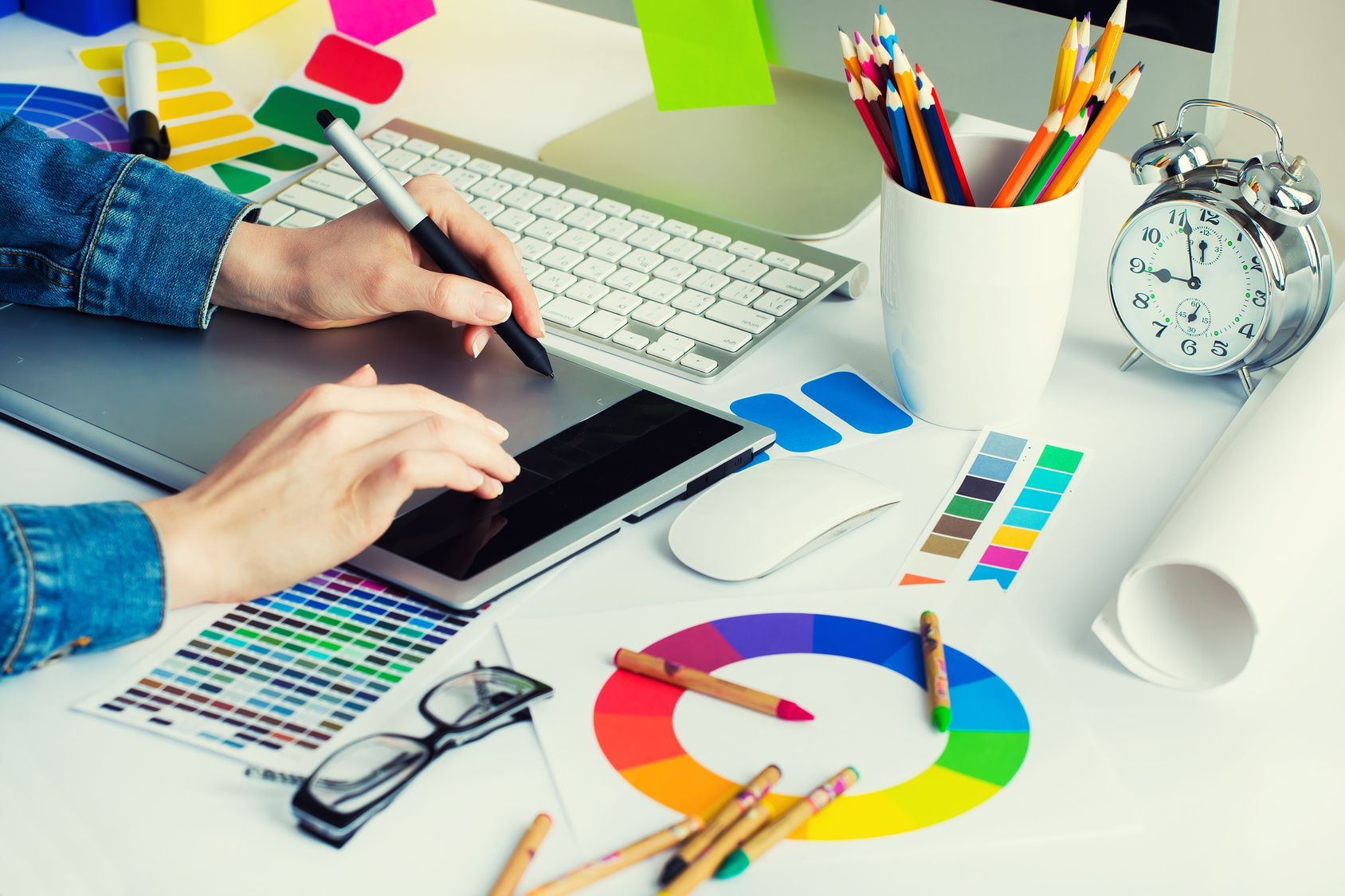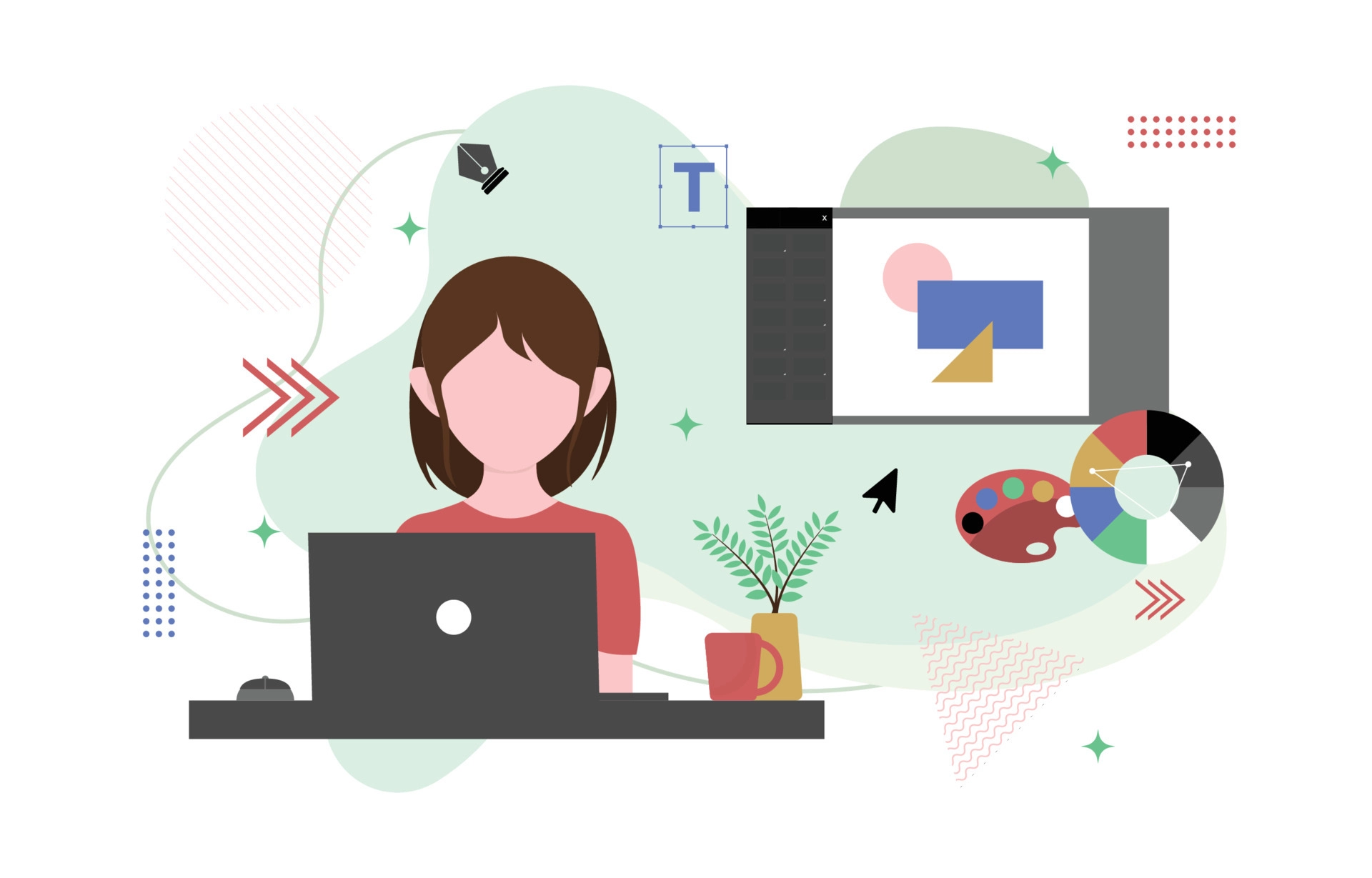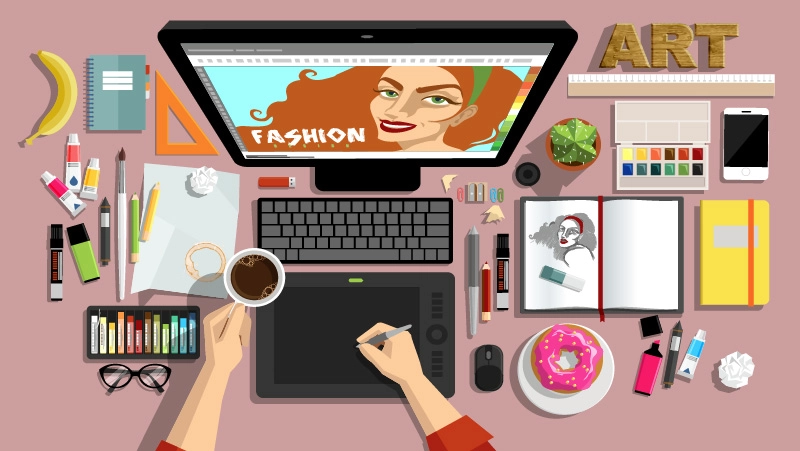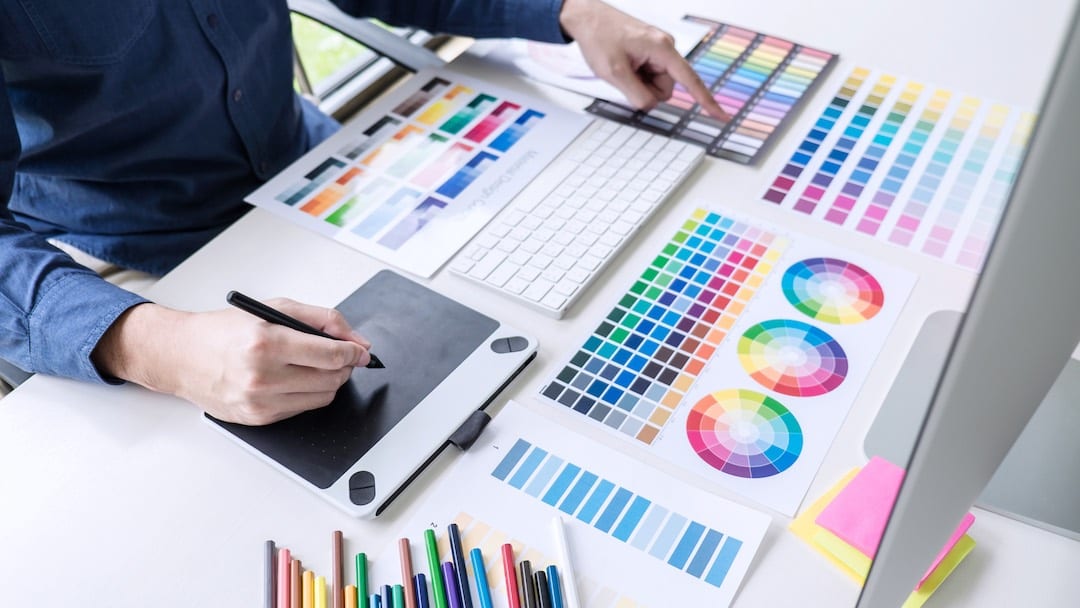
Graphic design is one of the most important aspects of any business. It’s how you communicate your brand to the world, and it’s what will help you stand out from the competition. With so much riding on good graphic design, it’s important to make sure you’re putting your best foot forward. That’s why we asked the design experts at 99designs for their top tips on creating appealing graphic design. From understanding your audience to using negative space effectively, read on for some pro tips that will help you take your graphic design game up a notch.
The design brief

When clients come to a designer, they usually have an idea of what they want their final product to look like. However, translating this idea into a design brief can be difficult. A good design brief should be clear, concise, and give the designer enough information to create a successful design.
Here are some tips for creating a great design brief:
1. Be clear about what you want
The first step is to sit down with the client and figure out exactly what they want. What is the purpose of the design? Who is the target audience? What kind of feeling should the design evoke? Once you have a good understanding of the client's vision, you can start putting together a design brief.
2. Write it down
A written design brief will help both you and the client keep track of what needs to be done. This document should include all of the information gathered in the first step, as well as any other relevant details such as deadlines, budget, and desired format (e.g., print or digital).
3. Keep it simple
When it comes to writing a design brief, less is more. Try to avoid jargon and technical terms, and stick to plain language that can be easily understood by both designers and non-designers alike. The goal is to make sure that everyone involved in the project is on the same page from start to finish.
The Different Types of Graphic Design

There are many different types of graphic design, each with its own set of skills and techniques. Here is a brief overview of some of the most popular types of graphic design:
1. Advertising design: This type of graphic design is all about creating eye-catching and attention-grabbing visuals that can promote a product, service, or brand. Advertising designers need to have a strong understanding of marketing principles and be able to create designs that effectively communicate the desired message.
2. Book cover design: A book cover must be both visually appealing and reflective of the book’s content. Designers need to have a keen understanding of typography and layout in order to create an effective book cover design.
3. Corporate identity design: A company’s corporate identity includes their logo, color scheme, and overall visual appearance. A designer responsible for corporate identity needs to create a cohesive and consistent look that reflects the company’s values and image.
4. Exhibit design: Exhibit designers are responsible for creating engaging and visually stimulating exhibits for museums, trade shows, and other events. They need to have strong exhibition planning skills and be able to conceptualize creative ideas that will capture the attention of viewers.
5. Infographic design: Infographics are visual representations of data or information that are designed to be easy to understand at a glance. They often use graphics, charts, and icons to communicate complex information in a concise manner. Infographic designers need
The design process

Designers often use a step-by-step process to create their work:
1. The first step is usually to understand the client’s needs and objectives. What is the design for? Who is the target audience? What message does the client want to communicate? Once these questions are answered, the designer can start to generate ideas.
2. The next step is to develop those ideas into preliminary sketches or concepts. This is where the designer begins to think about how the various elements of the design will come together.
3. Once a concept is finalized, the designer will create a more refined draft or “proof.” This is when details like typography and layout are worked out, and illustrations or photographs are incorporated into the design.
4. The proof is then reviewed by the client, who may request changes or alterations. The designer makes any necessary adjustments and produces a final version of the design.
Design trends to avoid

When it comes to graphic design, there are certain trends that you should avoid if you want your work to be appealing. Here are some of the most common design trends to avoid:
1. Overuse of clipart and stock images
2. Using too many fonts or font styles
3. Incorporating too many colors or color schemes
4. Creating busy or cluttered designs
5. Using outdated or unprofessional-looking graphics
By avoiding these common design mistakes, you can create more appealing and professional-looking graphic designs.
99designs' top tips for great graphic design

Keep it simple: When it comes to graphic design, less is almost always more. A busy or cluttered design will just overwhelm your viewers and make it difficult for them to focus on your message. So, when in doubt, leave some white space and keep your designs clean and easy to understand.
2. Use contrast: Another important element of great graphic design is contrast. This can be accomplished by using different colors, fonts, or even textures. By creating contrast in your designs, you can help guide your viewer’s eye and make sure they don’t miss any important information.
3. Be intentional: Every element of your design should have a purpose. Whether it’s conveying a certain message or evoking a certain emotion, everything you include should serve a specific function. By being intentional with your designs, you can create more impactful and effective work.
4. Keep it consistent: Consistency is key in graphic design (and in life). If you use a certain font or color palette throughout your designs, make sure to use them consistently so that your viewers know what to expect. This will help create a sense of unity in your work and make it look more professional overall.
5. Pay attention to detail: The details are what really set great graphic design apart from the rest. From choosing the perfect font size to aligning all your elements just so, paying attention to small details can make a big
How to collaborate with a designer?

If you're not a designer yourself, working with one can be daunting. How do you know if they're any good? What should you expect from the design process? How do you give feedback effectively?
Here are some tips to make sure you get the most out of working with a graphic designer:
1. Define your goals up front
Before you start working with a designer, it's important to have a clear idea of what you want to achieve. Write down your goals for the project and share them with the designer so they have a good understanding of what you're looking for.
2. Find the right fit
Not all designers are created equal. Make sure you find someone whose style and approach matches your needs. Ask to see examples of their previous work and see if their portfolio aligns with what you're looking for.
3. Communicate clearly
Once you've found a designer you want to work with, it's important to communicate your vision and expectations clearly. Give them specific feedback on what you like and don't like, and be open to their suggestions. Remember, they're the experts!
Find the right designer for you

If you're looking for a graphic designer, there are a few things you should keep in mind. First, you need to decide what kind of design work you need. Are you looking for someone to create a logo, or do you need help with web design, packaging, or something else?
Once you know what kind of design work you need, you can start looking for designers. The best place to find designers is online, through platforms like 99designs. When you're searching for designers on 99designs, you can browse through portfolios and read reviews to get a feel for each designer's style and skills.
When you've found a few designers whose work appeals to you, the next step is to contact them and ask for quotes. Be sure to explain your project in detail so the designer can give you an accurate quote. Once you receive quotes from a few different designers, it's time to decide who to hire.
The most important thing to remember when hiring a designer is that it's not just about finding someone who can do the job—it's also about finding someone who you click with and who will be easy to work with. So take your time in the hiring process and make sure you find someone who meets all of your requirements.
Conclusion
While there are many different ways to approach graphic design, these pro tips from 99designs can help you create more appealing designs that will stand out from the rest. By keeping these tips in mind, you can create designs that are both visually appealing and easy to understand. So, whether you're designing a logo or a website, be sure to keep these tips in mind and you'll be on your way to creating stunning designs that everyone will love.






